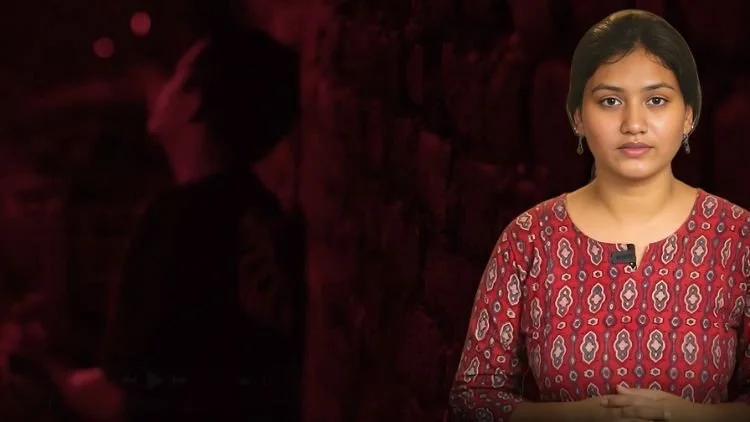Why Sikkim Has the Highest Suicide Rate
By Shefali Khan
August 10, 2025
Narsisus was addicted for 27 years and survived multiple suicide attempts. Today, he runs a modest community rehab centre. With no frills, only a few beds, basic meals and peer support, it offers a fragile but vital lifeline for those who walk through its doors. His journey, from the darkest moments to helping others avoid the same brink, unfolds in a state battling one of India’s deadliest mental health crises: Sikkim.
Sikkim’s jagged Himalayan peaks are crowned with snow, prayer flags catch the wind, and winding roads disappear into clouds. From a distance, it looks like stillness itself. But beneath this postcard calm, the suicide rate stands at 43.1 deaths per 100,000 people in 2022 — more than three times the national average of 12.4.
In a population of fewer than a million, each loss reverberates across families, villages and entire valleys. Yet the crisis rarely enters public conversation. Geography keeps communities apart, and stigma keeps people silent.
Addiction has deepened the fault lines. Painkillers like Spasmo-Proxyvon and sedatives such as Nitrosun slip in through porous borders with Nepal, Bhutan and China. Combined with alcohol dependence, chronic unemployment and poverty, they form a potent mix that drives many toward the edge.
In Punjab, heroin’s grip is an open public battle. In Sikkim, substance use hides in plain sight, woven into social life, often normalised and therefore harder to confront.
Official support is minimal. Central government funds for drug demand reduction are tied to population size, leaving small states like Sikkim under-resourced despite high per capita need. In 2022–23, Sikkim received just 1.9 million (19 lakh) rupees, compared with 98 million (9.8 crore) rupees for Maharashtra and 80 million (8 crore) rupees for Manipur. For a place facing two intertwined crises — suicide and addiction — the gap is crippling.
Sikkim’s mountains draw travellers in search of peace. But for many who live here, the struggle is against silence, shame and neglect. The question is whether the rest of the country will see them, and what it will take to heal them.

